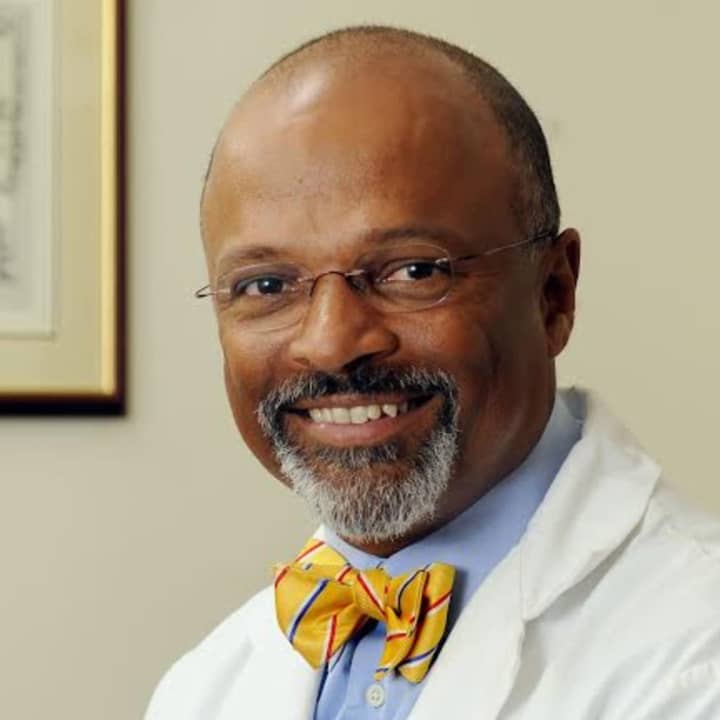In some cases, these fractures or dislocations of the vertebrae can develop into a deformity, especially if the injury is not treated promptly.
There are two types of patients with post-traumatic kyphosis: those who require care in the acute phase, immediately after trauma, and those who seek treatment after the spine has healed in an abnormal alignment.
For patients who are seen immediately following trauma, pain is the primary symptom. As trauma patients often have multiple injuries, it’s important that they undergo a complete evaluation before any treatment begins. For those whose injury has healed in an abnormal alignment, back pain may be accompanied by an inability to stand erect, as well as associated neck pain.
Because post-traumatic kyphosis can progress if the injury heals without intervention, the goal for patients in the acute phase is to correct the spinal alignment as soon as it is safe to do so. Treatment recommendations are based on a variety of factors, including the type of fracture, the site of the fracture, the extent of angulation in the affected part of the spine and the size of the patient.
If non-surgical treatment is recommended, the orthopedist will put the patient in a brace, initiate physical therapy to alleviate pain, strengthen surrounding muscles and improve posture. However, if the kyphosis is significant, spinal fusion surgery may be recommended to avoid the long-term consequences of kyphosis.
With increasingly sophisticated surgical techniques and instrumentation, surgical treatment for kyphosis is easier to recover from than ever before. Patients may be moving the next day. To help maintain alignment during healing, the patient may wear a brace for up to three months. Physical therapy after surgery is generally recommended and the requirement varies with age.
Dr. Bernard Rawlins is an orthopedic spine surgeon at Hospital for Special Surgery specializing in spinal disorders from the cervical spine to scoliosis in both adults and children. He practices at both the HSS Outpatient Center in Paramus and the hospital’s main campus in New York.


